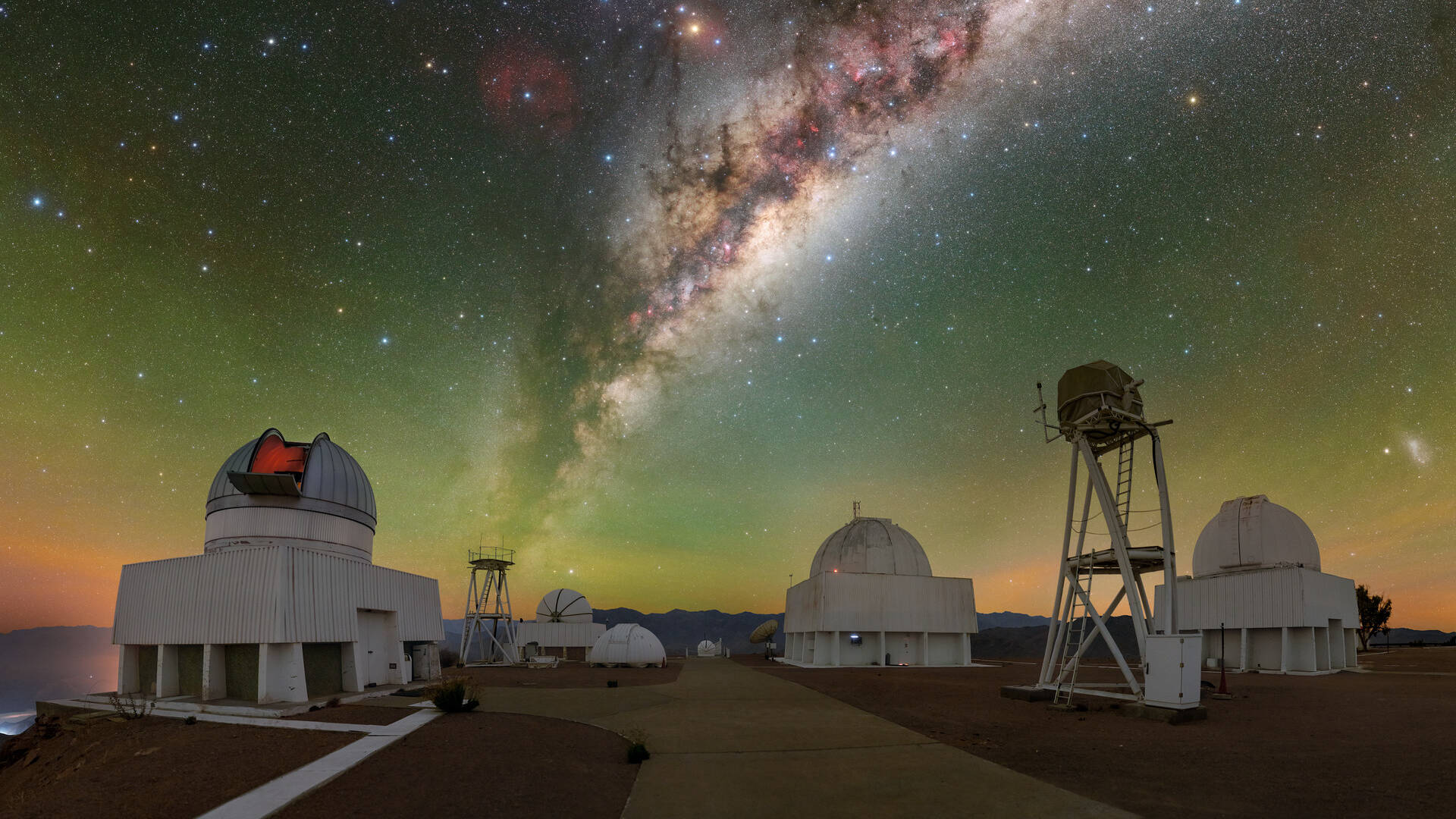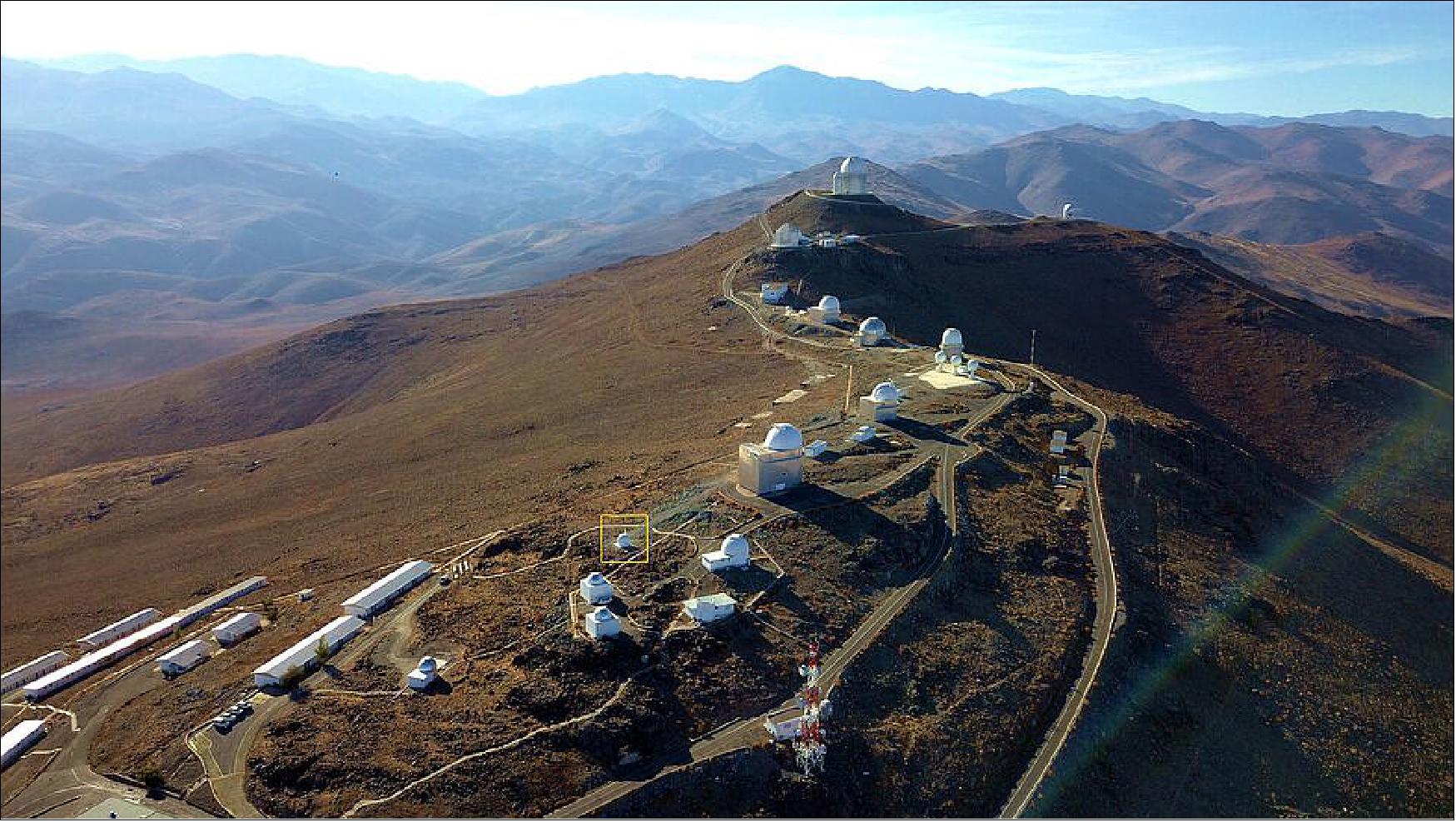Protecting the Darkness in Chile's Atacama Desert
Last edited Mon May 27, 2024, 04:32 AM - Edit history (1)

Light pollution is threatening the future of astronomy. Can a new nationwide lighting standard make a difference?
Top: A view of the Milky Way from NSF’s NOIRLab Cerro Tololo Inter-American Observatory, located at the edge of Chile’s Atacama Desert. Visual: CTIO/NOIRLab/NSF/AURA/T. Slovinský
BY ALEXA ROBLES-GIL
04.22.2024
GROWING UP in Chile’s Atacama Desert, Paulina Villalobos thought the Milky Way’s presence in the pristine starry skies was a given. Her father, an amateur astronomer, would wake her when a comet crossed the night sky. But Villalobos later moved to Santiago, the capital, to study architecture. There, the stars disappeared amid a haze of city lights. Just like people who come from the coast miss the ocean, she said, “I missed the sky.”
The extraordinary darkness that sheaths the Atacama, which stretches for hundreds of miles in Chile’s north, has made it a haven for astronomers searching for planets and stars shimmering in the night sky. With its high altitude and clear skies, the region is repeatedly chosen as a site for observatories. According to some estimates, by 2030, Chile will be home to around 70 percent of the world’s astronomical infrastructure.
Yet even here, skyglow from hundreds of miles away can overwhelm the faint light emanating from astronomical objects.
Now, a new regulation aims to darken the night skies.
In October, the Chilean government announced a new National Lighting Standard that will become effective later this year. The updated standards expand restrictions on light luminosity, color, and the hours they can be turned on to protect three major concerns: astronomy, biodiversity, and human health.
According to some estimates, by 2030, Chile will be home to around 70 percent of the world’s astronomical infrastructure.
More:
https://undark.org/2024/04/22/darkness-in-chile-atacama-desert/
Please, treat yourself and spend a moment or two clicking on these images of telescopes which have already been in use in the Chilean Atacama Desert!
Warning: If you haven't seen these before, you could end up swallowing your tongue! They are wonderful!
➡️
https://tinyurl.com/4u2s6bax ⬅️










